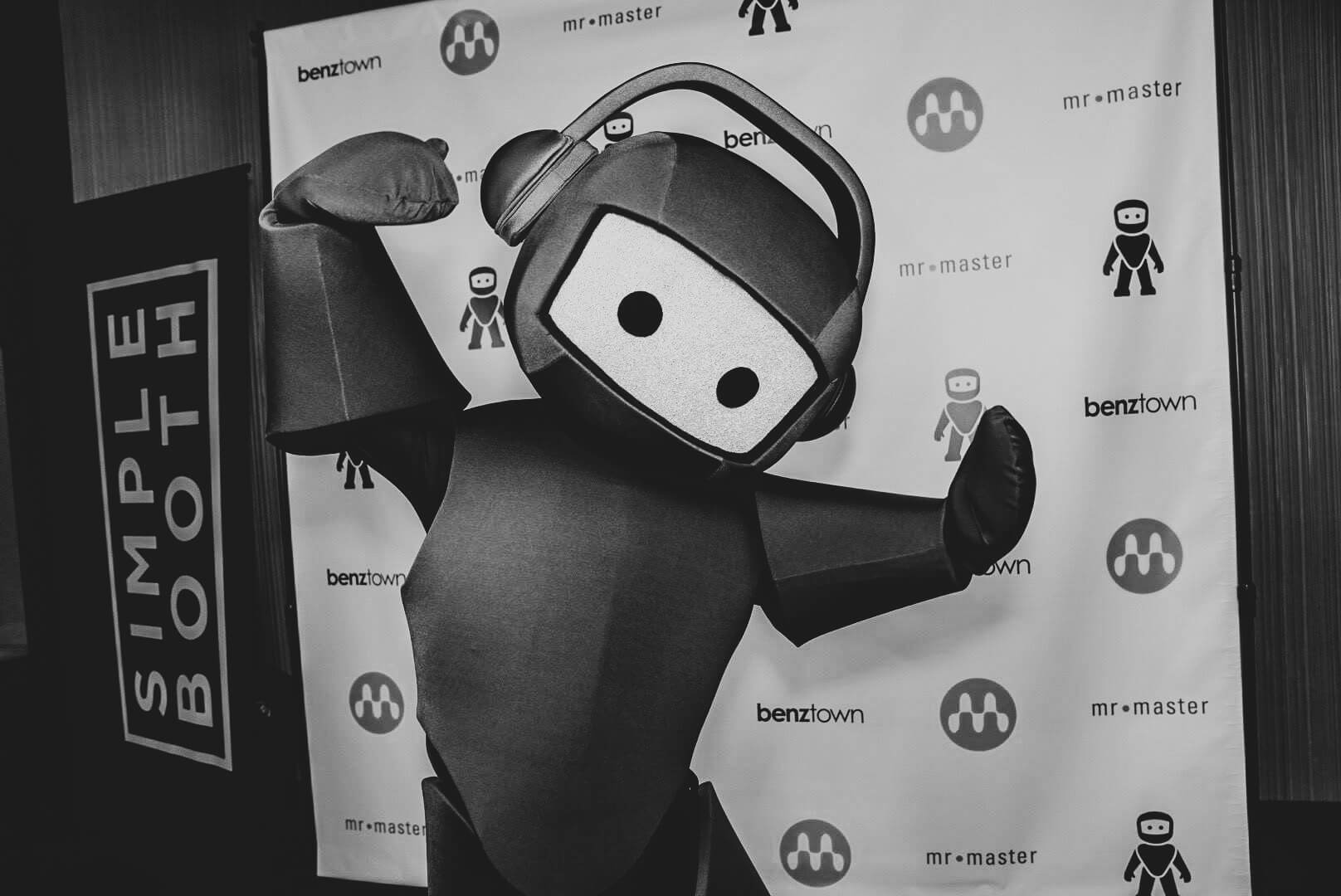How to brand and image a morning show – Meet…
Today I am really humbled to present you a friend of mine, which I met back in 2011 on german radiodays: Steve Reynolds. Steve is THE morning show consultant and I was very impressed by the presentation he gave back in cologne, talking about how to coach an on air personality, where he finds talent and how he creates major market success stories in morning radio. His track record speaks for itself and I am more than happy to got some spare time with him to ask some questions about imaging and how he uses imaging to brand his major market morning shows.
Learn from one of the best how SOUND Design can influence a great Morning Show brand. Enter Steve:
1. Talk about the value of a distinct sound when it comes to morning shows?
Growing up as a kid in the shadows of New York City, America’s number one media market, I was enamored with what was arguably one of the greatest radio stations that ever lived, WABC.
While it beat back multiple competitors over the years, what made it stand out was its brand depth and production value. Without ever looking at the dial, you always knew you were listening to WABC. Its fun personalities, the way it reflected New York City’s vibe, the reverb on the microphone and oh, the jingles. Indulge me to be a radio dork for a sentence or two, but the jingles were collector items. To this day, many decades later, I can still sing the jingles – I trust non-radio people who grew up with WABC can, too.
The radio station’s production value made it stand out. That distinct quality separated it from all the other stations in New York. There was only one WABC. All the others were copycats.
What WABC taught me was that you cannot win, as a brand, without depth and a sound that sets you apart. (Side Note Andy : I also totally believe in jingles, that stand out and sound different from the rest. This is what we tried with the Morning Show Jingles for Russias biggest CHR station Europa Plus…)
2. How might this apply to the construction of a successful morning show?
A regular conversation I have with the talent of a show I’m working with is what our points-of-differentiation are. In other words, what things, big and small, do we do that stand out? This is everything from the content we choose to how we do it to the ideas we come up with to our sound. Are we “one of many” or distinct, unique, and one-of-a-kind to both our fans and casual listeners. In other words, do they know it’s us when they happen upon the show?
We live in a “surplus society”. So many choices in any one brand category. Next time you’re at the grocery store, look to see how many choices you have for breakfast cereal or bandages or toothpaste. Radio is no different. Our job is to own a position and present it in such a way so we stand out and are noticed by consumers.
Much of this is in the personal content chosen and ideas generated from that. But to gain an even deeper edge, the sound of the show matters.
Great imaging is found in the attitude or sense of humor found in its elements. Part of this is surveying the landscape to hear (and feel) how competitors sound. Much of this is reflecting the sensibilities, values, perspective, and sense of humor of the hosts. In sweepers, liners, and jingles, we’re afforded yet another opportunity to set ourselves apart.
If I ask, “what are we doing no one else is doing, and no one else can do,” this should extend to every element of the show and not just our content.
3. Give us an example of where this works for one of your shows?
While I can share several examples, one that stands out is Karlson and McKenzie on WZLX, Boston. As a classic rock station, we must reflect the attitude of the format. The show “plot” is about dysfunction – in the lives of the talent and in the world around them. The positioning statement for the show is, “Big, Fat, Fun Mornings”.
In everything we do – content, community service work, promotions, games, interviews, and all else, you feel this. We use character positioning sweepers and jingles to reflect this vibe so the program has a consistent sound and message and is not and cannot be replicated across the street. Often, we miss or don’t pay as much attention to this element of our shows as we should to gain even the slightest advantage in our sound.
Boston is one of many examples where we’ve integrated all the elements of the show to create a sound no one else has or can have in the market.
We thank Steve for sharing his knowledge and experiences with us! For more information visit www.reynoldsgroupradio.com and check his bio here…

;)